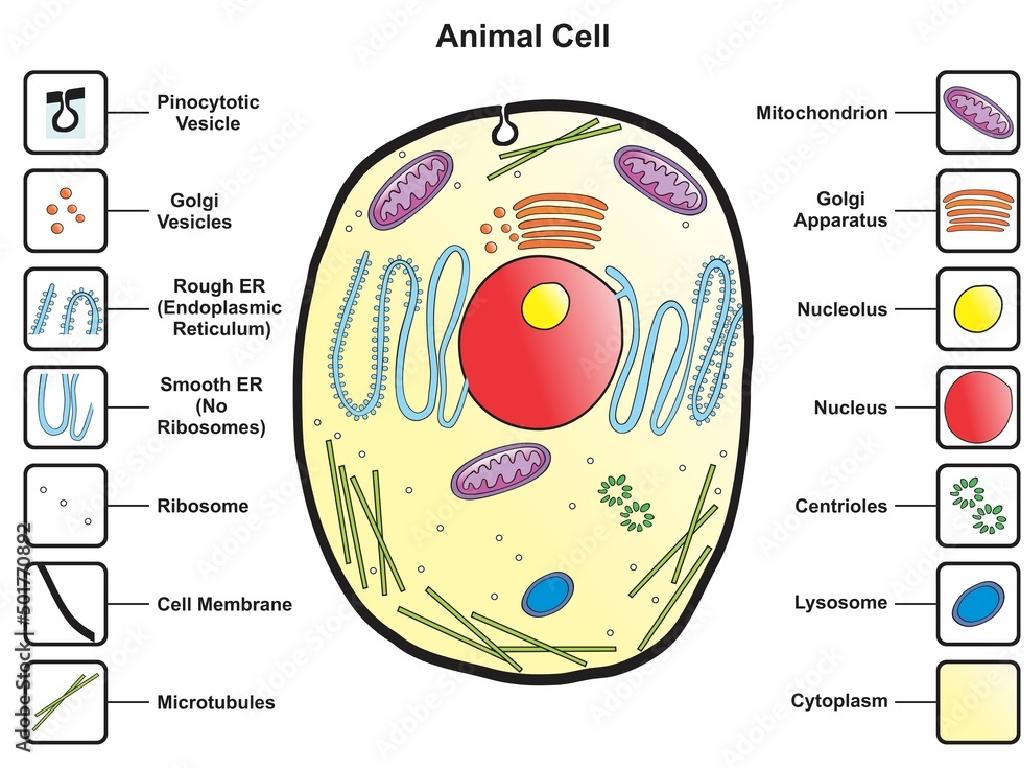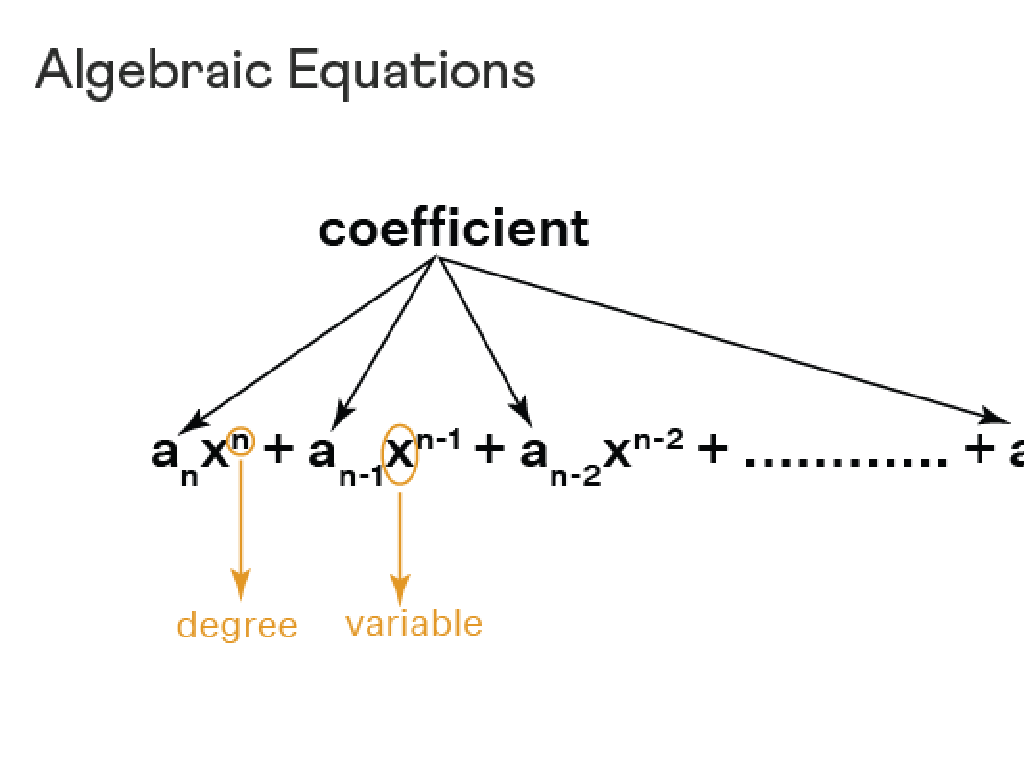Compound Subjects And Objects With "I" And "Me"
Subject: Language arts
Grade: Third grade
Topic: Pronouns
Please LOG IN to download the presentation. Access is available to registered users only.
View More Content
Today’s Adventure: Compound Subjects and Objects!
– What are compound subjects?
– When ‘I’ or ‘me’ joins with another noun, we get a compound subject.
– What are compound objects?
– Compound objects are like subjects but they receive the action.
– Using ‘I’ and ‘me’ correctly
– ‘I’ is used when ‘you’ or ‘I’ do the action. ‘Me’ is used when the action is done to ‘me’.
– Importance of correct usage
|
This slide introduces the concept of compound subjects and objects, focusing on the use of ‘I’ and ‘me’. Explain that a compound subject is when ‘I’ or ‘me’ teams up with another noun to do an action, like ‘My friend and I’. A compound object is when ‘I’ or ‘me’ receives the action, like in ‘The gift is for my brother and me’. Emphasize the importance of using ‘I’ and ‘me’ correctly to make clear who is doing an action and who is receiving an action. Provide examples and encourage students to create sentences using compound subjects and objects. This will help them understand how pronouns function in a sentence and improve their speaking and writing skills.
Understanding Pronouns: ‘I’ and ‘me’
– Pronouns take place of nouns
– Instead of saying ‘Sara likes Sara’s dog’, say ‘Sara likes her dog’.
– ‘I’ and ‘me’ are pronouns
– Use ‘I’ as the subject: ‘I walked the dog’. Use ‘me’ as the object: ‘Mom called me’.
– Avoid repeating nouns
– Say ‘Sara and I went to the park’ instead of ‘Sara and Sara went to the park’.
– ‘I’ vs ‘me’ usage
|
This slide introduces the concept of pronouns, focusing on ‘I’ and ‘me’, to third-grade students. Pronouns are words that replace nouns, which are names of people, places, things, or ideas. By using pronouns like ‘I’ and ‘me’, we can avoid repeating the same nouns over and over, making our sentences sound better and less repetitive. It’s important to explain when to use ‘I’ and when to use ‘me’. ‘I’ is used when the person speaking is doing the action, and ‘me’ is used when the person speaking is receiving the action. Provide examples and encourage students to create sentences using ‘I’ and ‘me’ correctly. This will help them understand the difference in usage and improve their sentence construction skills.
Singular vs. Compound Subjects
– What is a singular subject?
– It’s just one person or thing doing the action, like ‘I run.’
– Turning singular to compound
– Add someone else with ‘and’ like ‘my friend and I’.
– Compound subjects explained
– More than one person or thing as the subject.
– Examples with ‘I’ and ‘me’
– ‘I’ is used when ‘I’ am one of the doers. ‘Me’ is used when someone else is doing something with ‘me’.
|
This slide introduces the concept of singular and compound subjects to third-grade students. Begin by explaining that a singular subject means only one person or thing is doing the action in a sentence. Then, show how to turn a singular subject into a compound subject by adding another person or thing with the word ‘and’. Emphasize that compound subjects include more than one person or thing. Provide clear examples using ‘I’ and ‘me’ to illustrate the difference in usage depending on whether ‘I’ am doing the action or someone is doing something with ‘me’. Encourage students to create their own sentences with singular and compound subjects.
Using ‘I’ as a Subject
– ‘I’ for the doer of the action
– Use ‘I’ when you’re the one doing something.
– Example: ‘I am going to the zoo.’
– ‘I’ plus a verb shows action. Like ‘I run’, ‘I eat’.
– Always capitalize ‘I’
– It’s a rule: ‘I’ is never ‘i’.
|
This slide introduces the use of the pronoun ‘I’ as a subject in a sentence, which is appropriate for a third-grade language arts class. Start by explaining that ‘I’ is used when the speaker is the one performing the action. Provide clear examples where ‘I’ is the subject paired with an action verb. Emphasize the importance of always capitalizing the pronoun ‘I’, regardless of its position in the sentence. Encourage students to create their own sentences using ‘I’ as the subject to reinforce the concept. Correct any misconceptions about capitalization and ensure that students understand ‘I’ is a special word that is always written in uppercase.
Using ‘me’ as an Object
– ‘me’ is used when someone does something to you
– Example: ‘My parents took me to the zoo.’
– ‘me’ receives the action in the sentence
– Remember, ‘me’ is not capitalized
– Only at the start of a sentence should ‘me’ be ‘Me’
– Practice using ‘me’ correctly
– Find sentences where you can replace a name with ‘me’
|
This slide is focused on teaching students how to use ‘me’ as an object pronoun. Emphasize that ‘me’ is used when the action of the sentence is directed towards the speaker. Provide examples where ‘me’ is the recipient of the action. Highlight the common mistake of capitalizing ‘me’ and clarify that it should only be capitalized when it is the first word in a sentence. Encourage students to practice by creating sentences where they are the object of the action, and to share these sentences to reinforce their understanding.
Compound Objects with ‘me’
– ‘Me’ in compound objects
– Use ‘me’ when you and another person are the object.
– Receiving action with someone else
– Like catching a ball with a friend, both involved.
– Example: Teacher gave us homework
– ‘The teacher gave homework to my friend and me.’
– Always say the other name first
– Say ‘my friend and me’, not ‘me and my friend’.
|
This slide is focused on teaching students how to correctly use the pronoun ‘me’ in compound objects. Emphasize that ‘me’ is used when the action is directed towards oneself and another person. Use relatable examples to illustrate this point, such as receiving something together with someone else. The example provided should help clarify the concept. Remind students to always mention the other person’s name before ‘me’ to practice politeness and grammatical correctness. During class, you can reinforce this lesson with exercises where students create sentences using compound objects with ‘me’ and correct sentences that misuse ‘me’ and ‘I’.
Let’s Practice: I or Me?
– Choose the right pronoun: ‘My brother and ___ went to the store.’
– Is it ‘I’ or ‘me’ that completes the sentence correctly?
– Pick the correct pronoun: ‘The gift is for ___ and my sister.’
– Do we say ‘me and my sister’ or ‘I and my sister’?
– Understand when to use ‘I’ vs ‘me’
– ‘I’ is used as a subject, and ‘me’ is used as an object in sentences.
– Practice makes perfect!
|
This slide is an interactive class activity to help students understand the use of ‘I’ and ‘me’ in compound subjects and objects. For the first sentence, guide students to understand that ‘I’ is used because it is part of the subject doing the action. In the second sentence, ‘me’ is used because it is part of the object receiving the action. Encourage students to say the sentences out loud to see which sounds correct. Provide additional examples if needed and correct any misconceptions. Activities can include sentence completion, rewriting sentences with the correct pronouns, and peer review of each other’s sentences.
Class Activity: Pronoun Pairs
– Pair up with a classmate
– Write sentences with ‘I’ as compound subject
– ‘I and my friend like to read.’
– Write sentences with ‘me’ as compound object
– ‘Mom asked my brother and me to join dinner.’
– Get ready to share with the class!
|
This activity is designed to help students practice using compound subjects and objects with the pronouns ‘I’ and ‘me’. Students should pair up and write three sentences that use ‘I’ in a compound subject, such as ‘My sister and I walk to school.’ They should also write three sentences that use ‘me’ in a compound object, such as ‘The teacher gave homework to Sam and me.’ After writing, select a few pairs to share their sentences with the class to reinforce learning. Encourage creativity and correct any misconceptions about subject and object pronoun usage. Possible variations for different pairs could include writing sentences about favorite activities, family, or school subjects.
Great Work on ‘I’ and ‘me’!
– Congrats on learning ‘I’ and ‘me’
– Homework: Write a short story
– Create a story with yourself as the main character
– Use ‘I’ and ‘me’ correctly
– Remember, ‘I’ is the subject and ‘me’ is the object
– Share your story tomorrow
– We’ll listen to your stories in class!
|
Students have learned the difference between ‘I’ and ‘me’ and when to use each pronoun correctly. For homework, they are tasked with writing a short story that includes both pronouns used in the right context. This exercise will help reinforce their understanding and give them a chance to practice their new skills. Encourage creativity and remind them that ‘I’ is used when they are the one doing the action, and ‘me’ is used when they are receiving the action. Tomorrow, we will have a sharing session where each student will read their story, providing an opportunity for peer learning and further reinforcement of the concept.




